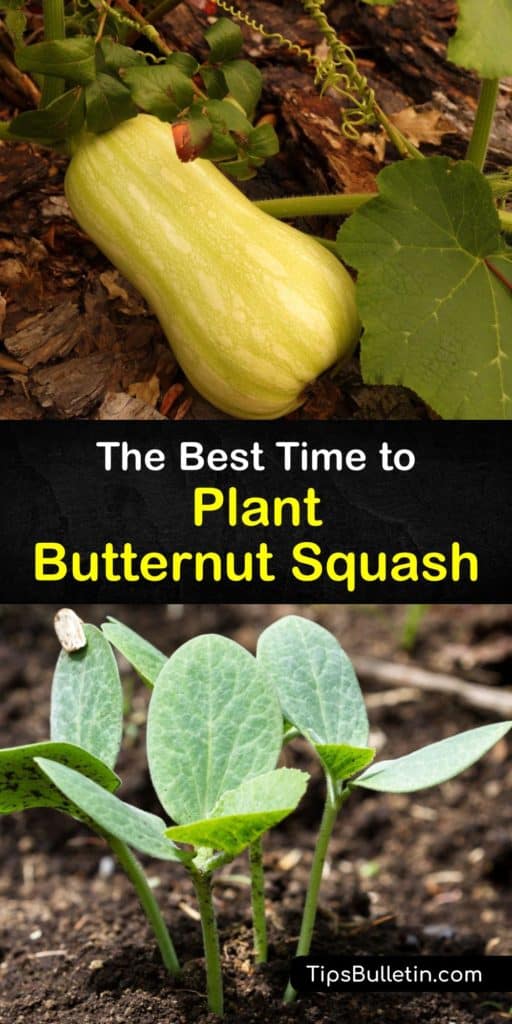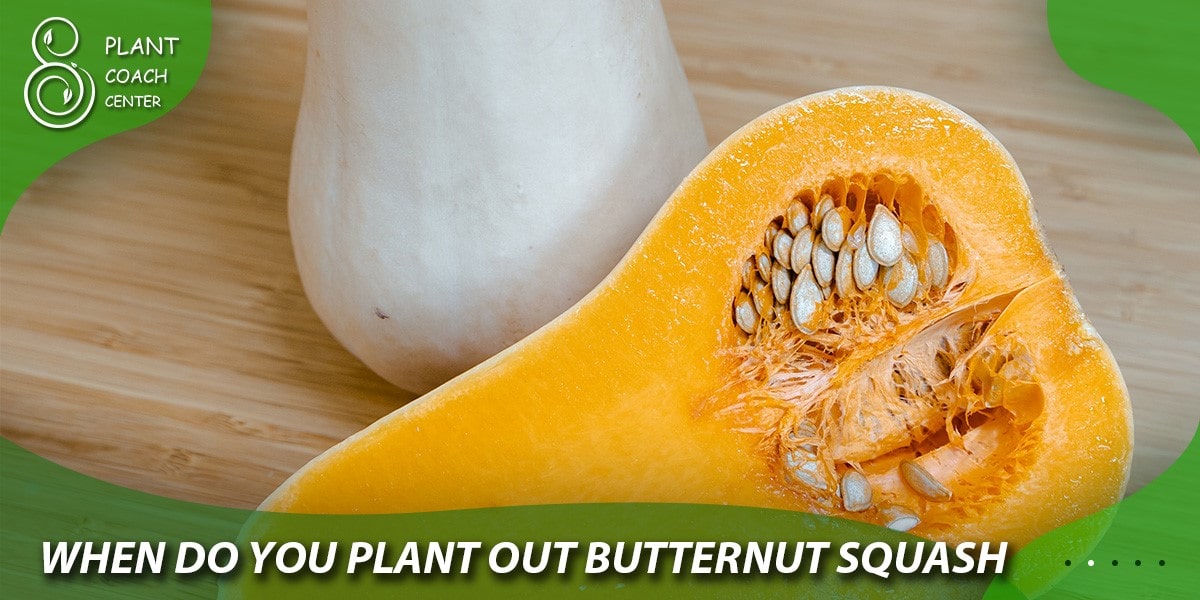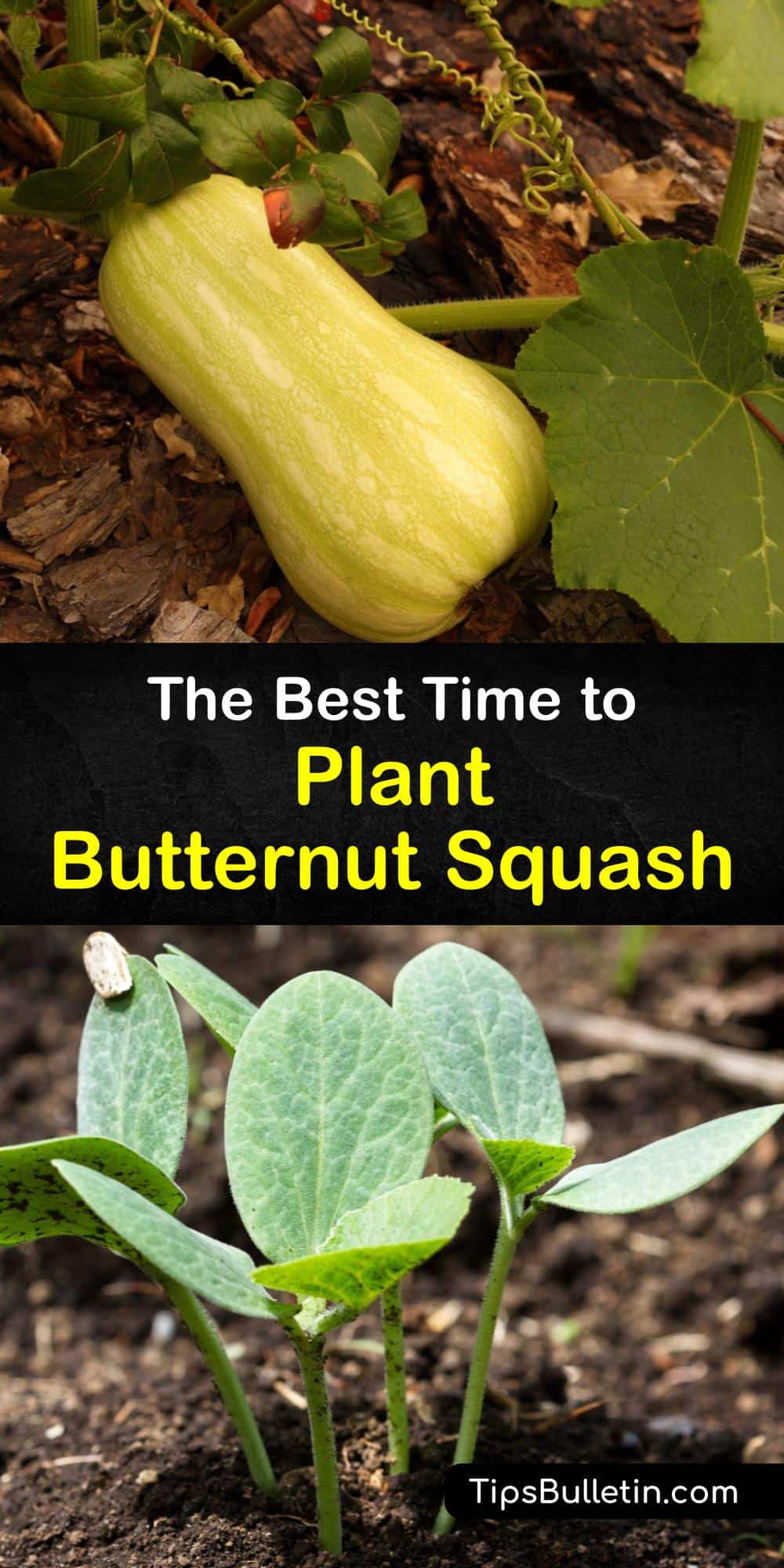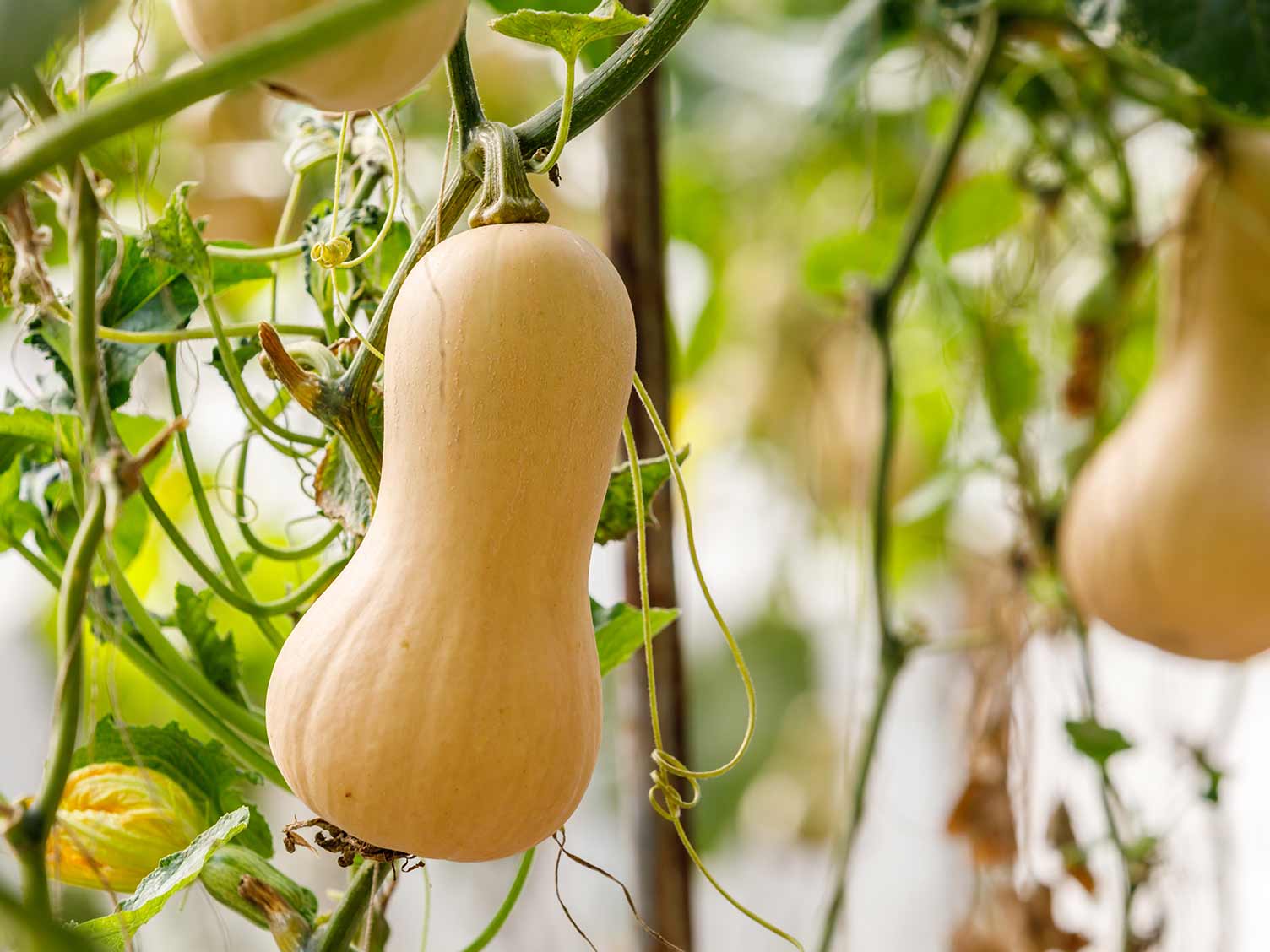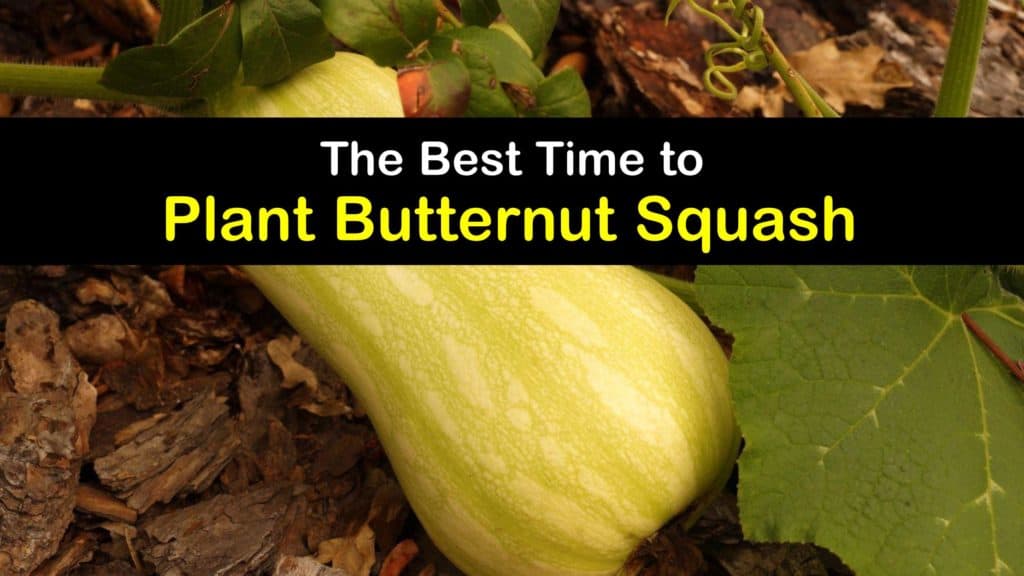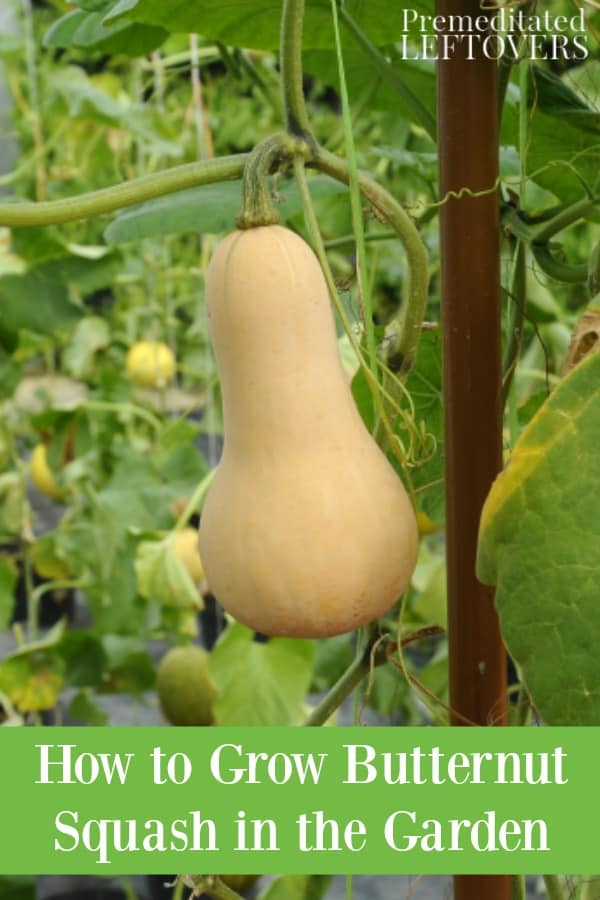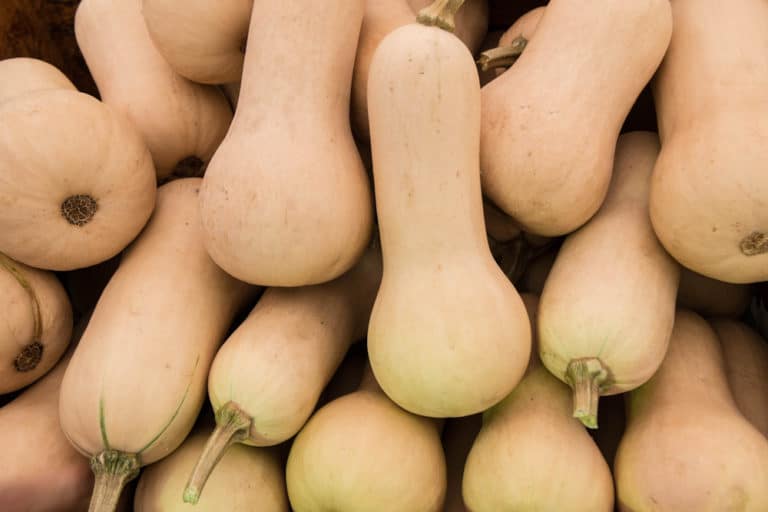Understanding the Ideal Time for Planting Butternut Squash
When it comes to planting butternut squash, timing is everything. The ideal time to plant butternut squash depends on various factors, including the climate, soil conditions, and frost dates. In general, butternut squash is a warm-season crop that thrives in temperatures between 65°F and 95°F (18°C and 35°C). It’s essential to wait until the soil has warmed up and the risk of frost has passed before planting.
In most regions, the best time to plant butternut squash is in late spring to early summer, when the soil has reached a temperature of at least 60°F (15°C). This allows the plants to mature during the warmest part of the summer, resulting in a bountiful harvest. However, in areas with a shorter growing season, it’s recommended to start butternut squash seeds indoors 2-3 weeks before the last frost date and then transplant them outside when the weather warms up.
Soil conditions also play a crucial role in determining when to plant butternut squash. The ideal soil pH for butternut squash is between 6.0 and 6.8, and the soil should be rich in organic matter and have good drainage. If the soil is heavy clay or sandy, it may be necessary to amend it with compost or well-rotted manure to create a more favorable growing environment.
Understanding the ideal time for planting butternut squash is critical for a successful harvest. By waiting until the soil has warmed up and the risk of frost has passed, gardeners can ensure that their butternut squash plants get off to a strong start and produce a bountiful crop. Whether you’re a seasoned gardener or just starting out, knowing when to plant butternut squash is essential for achieving a successful harvest.
How to Prepare Your Soil for a Successful Butternut Squash Crop
Preparing the soil is a crucial step in growing a healthy and productive butternut squash crop. Butternut squash prefers well-draining, rich soil with a pH between 6.0 and 6.8. To achieve this, it’s essential to test the soil to determine its pH level and nutrient content. A soil test can be done by sending a sample to a laboratory or by using a DIY soil testing kit.
Based on the soil test results, amendments can be made to adjust the pH level and add necessary nutrients. For example, if the soil is too acidic, lime can be added to raise the pH level. If the soil is too alkaline, elemental sulfur or aluminum sulfate can be added to lower the pH level. Additionally, organic matter such as compost or well-rotted manure can be added to improve soil structure and fertility.
Proper drainage is also essential for butternut squash. The soil should be able to drain excess water quickly to prevent waterlogged soil conditions that can lead to root rot and other diseases. If the soil is heavy clay or prone to waterlogging, raised beds or mounds can be created to improve drainage.
In addition to pH level and drainage, butternut squash also requires a balanced diet of nutrients. A fertilizer with a balanced N-P-K ratio (e.g., 10-10-10) can be applied according to the manufacturer’s instructions. It’s also important to note that butternut squash is a heavy feeder and may require additional fertilization during the growing season.
By preparing the soil properly, gardeners can create an ideal growing environment for butternut squash. This includes adjusting the pH level, adding necessary nutrients, and ensuring proper drainage. With a well-prepared soil, butternut squash plants can thrive and produce a bountiful harvest.
The Benefits of Starting Butternut Squash Indoors vs. Direct Sowing
When it comes to planting butternut squash, gardeners have two options: starting seeds indoors or direct sowing in the garden. Both methods have their advantages and disadvantages, and the best approach depends on the specific climate, region, and personal preference.
Starting butternut squash seeds indoors 2-3 weeks before the last frost date can provide a head start on the growing season. This method allows for better control over the soil temperature, moisture, and light, which can improve seed germination and seedling growth. Indoor seed starting also reduces the risk of seed loss due to pests, diseases, or harsh weather conditions.
On the other hand, direct sowing butternut squash seeds in the garden can be a more straightforward and cost-effective approach. This method eliminates the need for indoor seed starting equipment and reduces the risk of transplant shock. Direct sowing also allows the seeds to germinate and grow in the same soil and climate conditions as the mature plants, which can improve their overall health and resilience.
However, direct sowing can be more challenging in areas with cool or unpredictable spring weather. In these regions, starting seeds indoors can provide a safer and more reliable option. Additionally, indoor seed starting can be beneficial for gardeners who want to get a jump-start on the growing season or who have limited outdoor space.
Ultimately, the decision to start butternut squash seeds indoors or direct sow in the garden depends on the specific needs and goals of the gardener. By understanding the benefits and drawbacks of each approach, gardeners can make an informed decision and choose the method that works best for them.
Choosing the Right Butternut Squash Variety for Your Climate and Region
With so many butternut squash varieties to choose from, selecting the right one for your climate and region can be a daunting task. Butternut squash varieties differ in their maturation days, disease resistance, and flavor profiles, making it essential to choose a variety that is well-suited to your specific growing conditions.
For gardeners in cooler climates, ‘Early Butternut’ and ‘Baby Butternut’ are excellent choices. These varieties mature in as little as 60 days and are more resistant to cooler temperatures. In warmer climates, ‘Waltham Butternut’ and ‘Hubbard’ are popular choices, maturing in around 100 days and offering a sweeter, nuttier flavor.
Butternut squash varieties also differ in their disease resistance. ‘Resistant Butternut’ and ‘Disease-Resistant Butternut’ are two varieties that offer improved resistance to powdery mildew and other common diseases. For gardeners in areas with high humidity, these varieties can be a good choice.
In addition to maturation days and disease resistance, butternut squash varieties also differ in their flavor profiles. ‘Sweet Meat’ and ‘Golden Delicious’ are two varieties that offer a sweeter, more complex flavor, while ‘Waltham Butternut’ and ‘Hubbard’ offer a nuttier, more earthy flavor.
When choosing a butternut squash variety, it’s essential to consider your specific climate and region. By selecting a variety that is well-suited to your growing conditions, you can ensure a healthy and productive crop. Consult with local nurseries, gardening experts, or online resources to determine the best variety for your area.
Creating a Butternut Squash Planting Schedule for Optimal Growth
Creating a planting schedule for butternut squash is crucial for optimal growth and maximum yield. A well-planned schedule takes into account the specific needs of the crop, including spacing, row covers, and crop rotation.
When creating a planting schedule, it’s essential to consider the maturation days of the butternut squash variety. Most varieties take around 100 to 120 days to mature, but some can take up to 150 days. Planting too early or too late can result in reduced yields or poor fruit quality.
Spacing is also critical when planting butternut squash. The ideal spacing is around 3 to 5 feet between plants, and 5 to 7 feet between rows. This allows for good air circulation and sunlight penetration, which can help prevent disease and promote healthy growth.
Row covers can also be used to improve growth and reduce pests and diseases. Row covers are lightweight, breathable fabrics that allow plants to receive sunlight and water while keeping pests and diseases out. They can be applied at planting time and removed when the plants are around 6 inches tall.
Crop rotation is another important consideration when creating a planting schedule. Butternut squash is a member of the Cucurbitaceae family, which includes other crops like cucumbers, melons, and squash. Rotating these crops can help reduce the risk of disease and pests, and improve soil fertility.
When creating a planting schedule, it’s also essential to consider weather conditions and regional factors. In areas with cool springs, it may be necessary to start seeds indoors 2-3 weeks before the last frost date. In areas with hot summers, it may be necessary to provide shade for the plants during the hottest part of the day.
By creating a well-planned planting schedule, gardeners can ensure optimal growth and maximum yield for their butternut squash crop. This includes considering factors like spacing, row covers, crop rotation, and weather conditions.
Common Mistakes to Avoid When Planting Butternut Squash
When planting butternut squash, there are several common mistakes that gardeners can make. These mistakes can lead to reduced yields, poor fruit quality, and even crop failure. By being aware of these mistakes, gardeners can take steps to avoid them and ensure a healthy and productive crop.
One of the most common mistakes is inadequate soil preparation. Butternut squash requires a well-draining, nutrient-rich soil to grow. If the soil is not prepared properly, the plants may not receive the necessary nutrients and water, leading to poor growth and reduced yields.
Another common mistake is poor spacing. Butternut squash plants require a lot of space to grow, and if they are planted too close together, they may not receive enough sunlight and air circulation. This can lead to disease and pest problems, as well as reduced yields.
Insufficient watering is also a common mistake. Butternut squash plants require consistent moisture, especially when they are producing fruit. If the soil is too dry, the plants may drop their fruit or become stressed, leading to reduced yields.
Not providing enough support is another common mistake. Butternut squash plants can grow quite large, and if they are not provided with enough support, they may become top-heavy and fall over. This can lead to reduced yields and poor fruit quality.
Not monitoring for pests and diseases is also a common mistake. Butternut squash is susceptible to several pests and diseases, including squash bugs, powdery mildew, and fusarium wilt. If these problems are not caught early, they can quickly spread and destroy the crop.
By being aware of these common mistakes, gardeners can take steps to avoid them and ensure a healthy and productive butternut squash crop. This includes preparing the soil properly, providing enough space and support, watering consistently, and monitoring for pests and diseases.
Monitoring and Maintaining Your Butternut Squash Crop for Maximum Yield
Regular monitoring and maintenance are crucial for a healthy and productive butternut squash crop. By keeping a close eye on the plants, gardeners can identify and address common pests, diseases, and nutrient deficiencies before they become major problems.
One of the most common pests that can affect butternut squash is the squash bug. These bugs can cause significant damage to the plants, including yellowing leaves and reduced fruit production. To control squash bugs, gardeners can use row covers, hand-picking, or insecticidal soap.
Another common problem that can affect butternut squash is powdery mildew. This fungal disease can cause a white, powdery coating to form on the leaves, which can reduce photosynthesis and fruit production. To control powdery mildew, gardeners can use fungicides, remove infected leaves, or improve air circulation.
Nutrient deficiencies can also affect butternut squash yields. Butternut squash requires a balanced diet of nutrients, including nitrogen, phosphorus, and potassium. Gardeners can use soil tests to determine the nutrient levels in their soil and adjust their fertilization schedule accordingly.
Regular watering is also essential for a healthy butternut squash crop. Butternut squash requires consistent moisture, especially when it’s producing fruit. Gardeners can use drip irrigation or soaker hoses to deliver water directly to the roots, reducing evaporation and runoff.
By monitoring and maintaining their butternut squash crop regularly, gardeners can ensure maximum yields and a healthy, productive crop. This includes keeping an eye out for common pests and diseases, addressing nutrient deficiencies, and providing regular watering.
Harvesting and Storing Butternut Squash for Year-Round Enjoyment
Butternut squash is ready to harvest when the rind is hard and the stem is dry. The ideal time to harvest butternut squash is in the fall, when the weather is cool and dry. Harvesting at this time helps to prevent rot and other diseases that can affect the squash.
To determine if the butternut squash is ready to harvest, check the color, size, and stem dryness. A mature butternut squash will have a hard, tan rind and a dry, brown stem. The size of the squash will also be a good indicator of maturity, as it will be full-grown and plump.
Once the butternut squash is harvested, it can be stored for several months. The best way to store butternut squash is in a cool, dry place, such as a basement or root cellar. The squash should be kept away from direct sunlight and heat sources, as this can cause it to spoil.
To store butternut squash, first make sure it is completely dry. Then, wrap the squash in a paper bag or breathable cloth, and place it in a single layer in a storage container. The container should be kept in a cool, dry place, such as a basement or root cellar.
Butternut squash can also be preserved through canning or freezing. To can butternut squash, first cook and mash the squash, then pack it into clean, hot jars. Process the jars in a boiling water bath for 30 minutes, then let them cool and store them in a cool, dark place.
To freeze butternut squash, first cook and mash the squash, then pack it into airtight containers or freezer bags. Label the containers or bags with the date and contents, then store them in the freezer.
By following these tips, you can enjoy your butternut squash harvest year-round. Whether you store it in a cool, dry place, can it, or freeze it, butternut squash is a delicious and nutritious addition to any meal.


